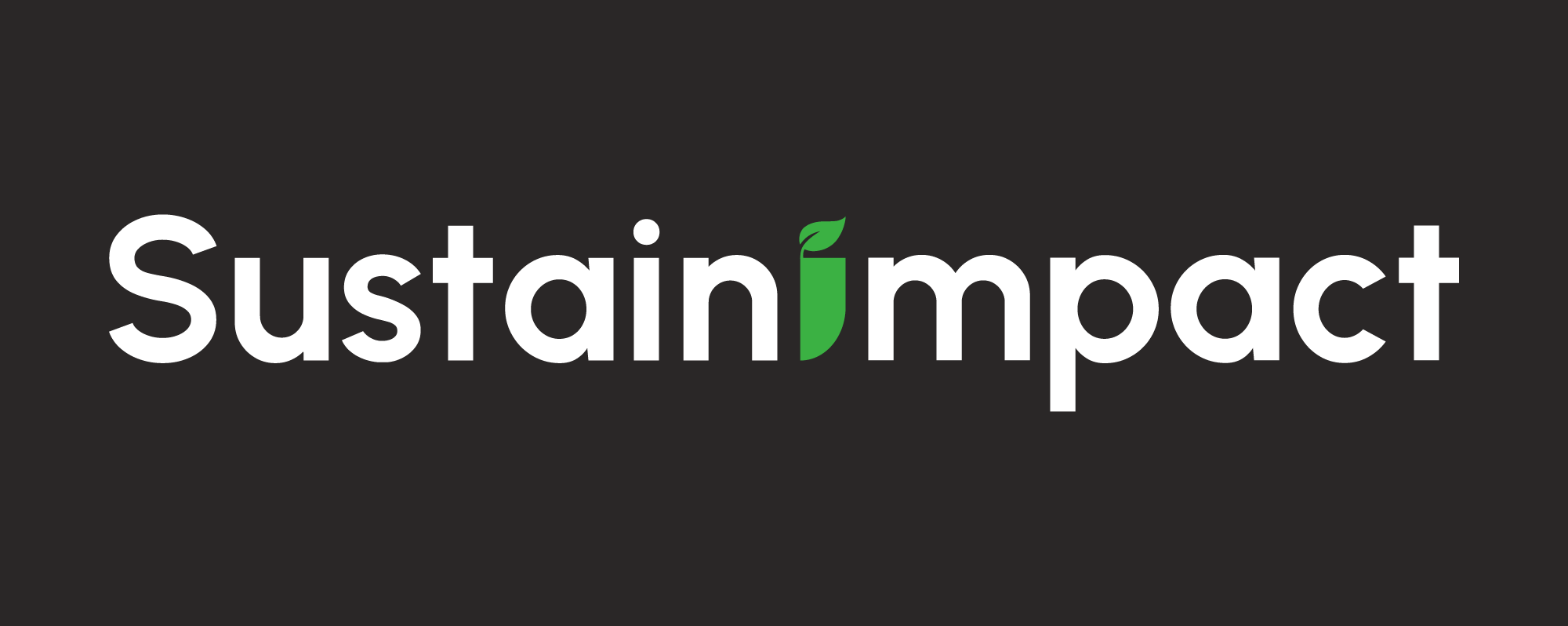Double Materiality Assessment
All companies subject to the EU’s sustainability reporting directive must first carry out a double materiality assessment - even after the omnibus.
The purpose is to create a structured understanding of how the company, on the one hand, impacts sustainability topics such as climate and biodiversity, and on the other hand, how the company’s economy (risks and opportunities) is affected by those very same sustainability topics .
Once the analysis has been completed and the material impacts, risks and opportunities have been identified, it forms the foundation for the scope of sustainability reporting.
However, the double materiality assessment is much more than just a tool to delimit reporting; it also encompasses important areas such as stakeholder analysis, business strategy, risks, and opportunities, and it often forms the basis for a revised business strategy and roadmap for transition to a more resiliant and longterm sustainable company.
Our approach
We start by aligning expectations and understanding the purpose for the assessment. The process can be simple and swift as an initial indication or deep and thorough with full documentation as a basis for prioritization and communication.
I can guide your through the process, assist you in special areas or complete it all by myself. Lets discuss what you need.
We can use tools that you have already chosen, help you find appropriate tools or use the ones that I have developed. I'm agnotic with respect to tooling, the result and business impact is what is important.

I can help or lead with content, process and tooling.
The process
I start with a kick-off meeting where we go through the process, and where we agree on the scope and who is responsible for what.
My adapted version of EFRAG’s process has been built into my project tool, so I can ensure full transparency on approach and status.
The typical flow:
-
Document the basics, including value chain analysis
-
Stakeholder analysis
-
Identification of impacts
-
Risk workshop
-
Workshop on business opportunities
-
Preparation of the analysis and documentation, or coaching you through it
-
Management workshop based on the analysis
-
Presentation of results and findings
-
Recommendations for the next steps
Tools - ESRS/VSME Universe™
Comprehensive support for double materiality (ESRS)
You are guided through the process from Double Materiality to reporting:
-
Mapping and impacts from the value chain
-
Questionnaire for stakeholders
-
Collection of data from stakeholders
-
Work with IROs, with input from the value chain and stakeholders
-
Impact scoring, supported by a scoring model
-
Financial scoring, supported by a scoring model
-
Double Materiality diagram, where topics can be identified as material
-
Automatic Double Materiality report
-
Option to provide feedback to stakeholders
-
Generation of CSRD datapoints to be reported, based on our analysis
-
Datapoints for disclosure based on the Double Materiality assessment
- Datapoint delegation and followup
- Handling of fiscal years
Overview with the value chain
With a mapping of the value chain, you have a starting point for dialogue about what happens in the individual process steps.

Automatically get an overview of the completion status of your value chain:

Get an overview of the impact your value chain has on sustainability topics:

360° stakeholder insights
Through interviews or surveys, you gain valuable insights from your stakeholders across the entire value chain. Decide who to include and get aha-moments that you can take business action on.

Get quick insights into your stakeholders’ background:

and the distribution of responses in relation to sustainability topics:

Du kan lave den dybdeborende analyse ved at eksportere svar og/eller anvende vores AI-model.
Analyze Impacs, Find Risks and Oportunities (IRO)
In your IRO analysis, you can directly use input from your value chain and stakeholder analysis. In addition, you can work on creating the longlist yourself and score each item.
If you need help, our AI model can assist you with IROs based on your activities across different industries, as well as generate concrete suggestions for risks and business opportunities based on the identified impacts.
Keep track of the status on an ongoing basis

Engage through workshops
Hold workshops and document the results in ESRS Universe™.

Upload the documentation and refer to it in your report, or for example when documenting the scoring of an IRO.

Prioritize and Report
Use the system to select material topics based on an informed choice. Work directly in the priority graph.

Once you have documented the process and the result, you can automatically generate a PDF report, over which you also have graphical control.

Contact me
Reach out and let’s have a non-binding conversation about how I can help you.


